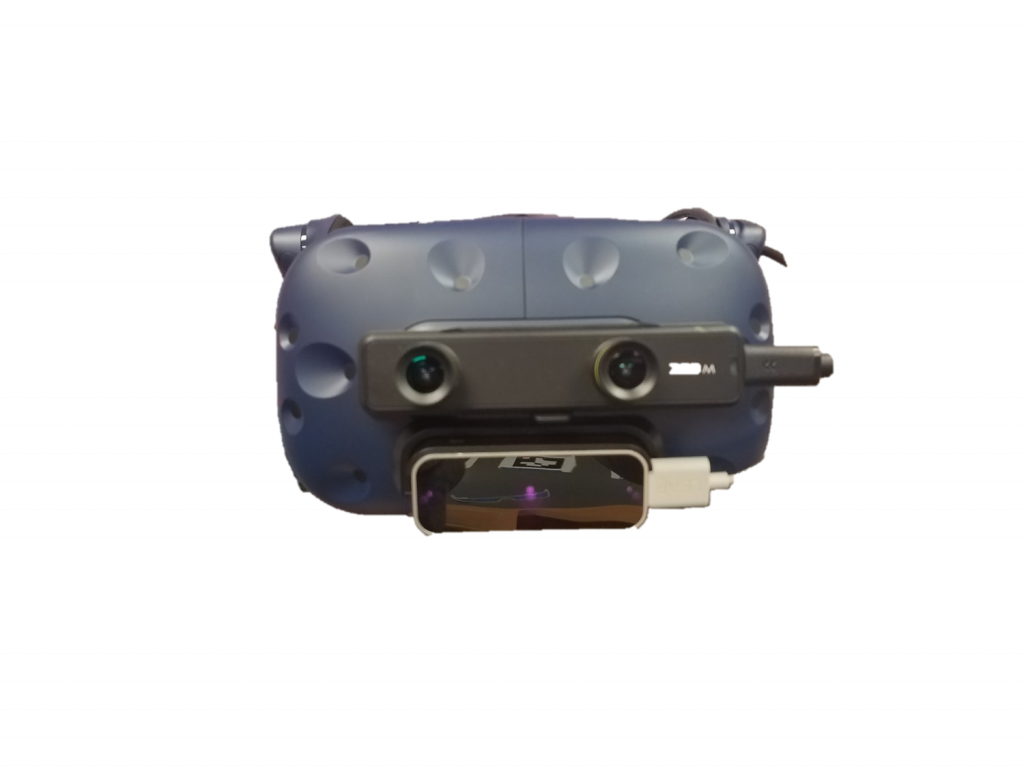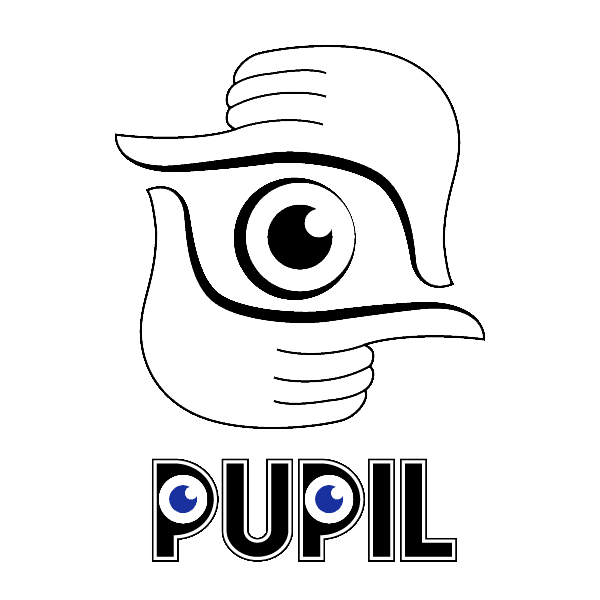Week 10 Summary
After Halves, our team took time to focus on technical and design documentation. For the next prototype, we will focus on class collaboration part. Although we have networking prototype ready, data transfer between two platforms still needs to be explored.
Journey to Simulate Classroom Collaboration
Using ArUco markers to calculate guest’s position is effective. However, there are a critical flaw using only ArUco markers to calculate position. If the ZED camera cannot detect all the markers (whether the guest blocks the view) the tracking gets lost. For the time being, trying to synchronize virtual object interaction is more important than tackling this problem.
Adjusting Platform for Networking

This is why we adjusted our platform from Oculus to Vive. Vive lighthouse makes the tracking way much easier than Oculus. Hence, we can use markers other than tracking the position. Vive also provides better resolution, so the information that we put in the virtual world is clearer than Oculus.
Mixed Reality Affordances
We also looked into advantage of using pass through VR. We can make the experience immersed while looking at the table to take notes. This is an example prototype immersing the guest into a space for astronomy learning.
